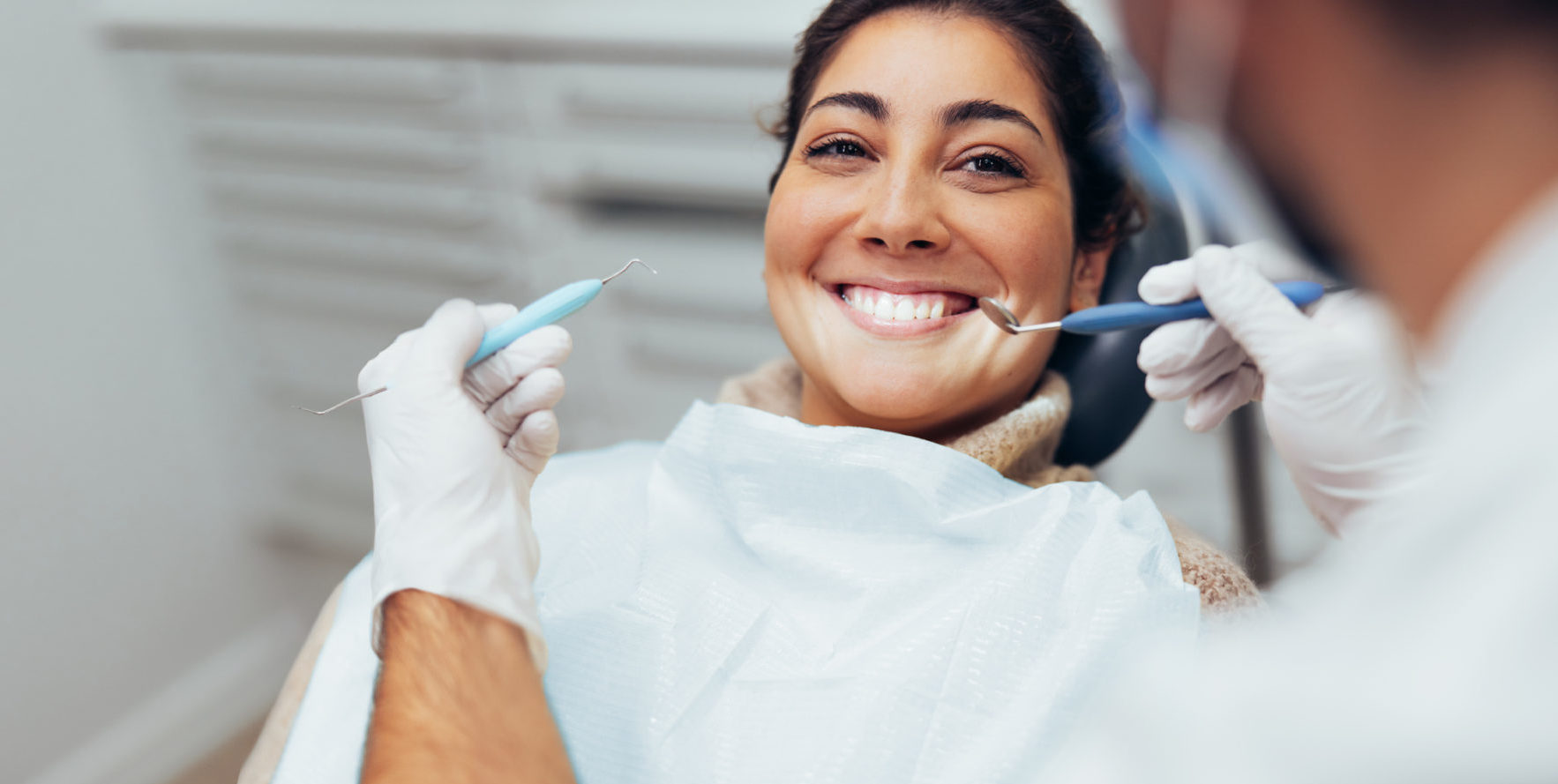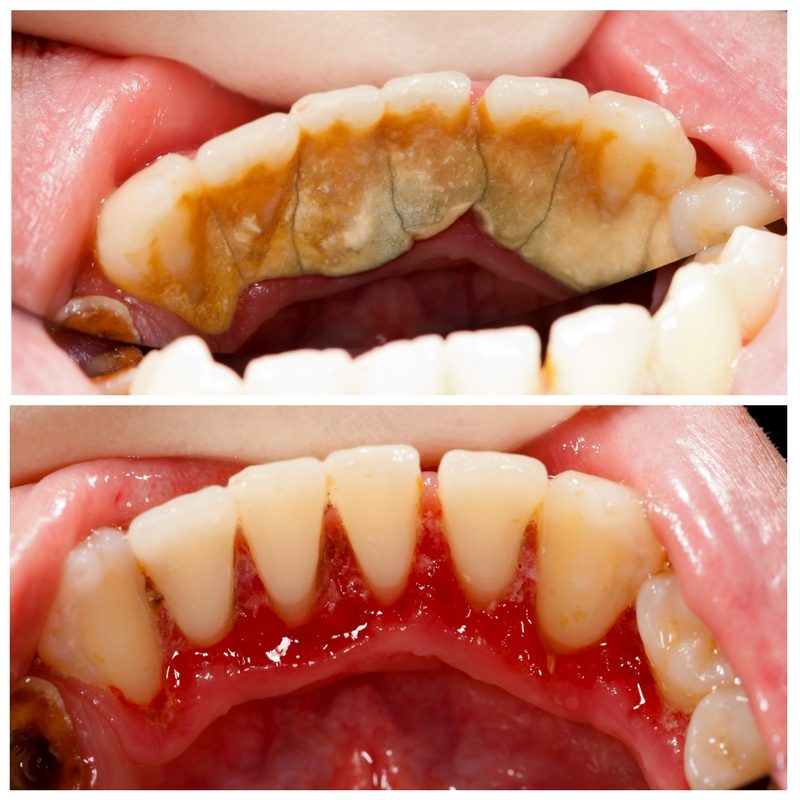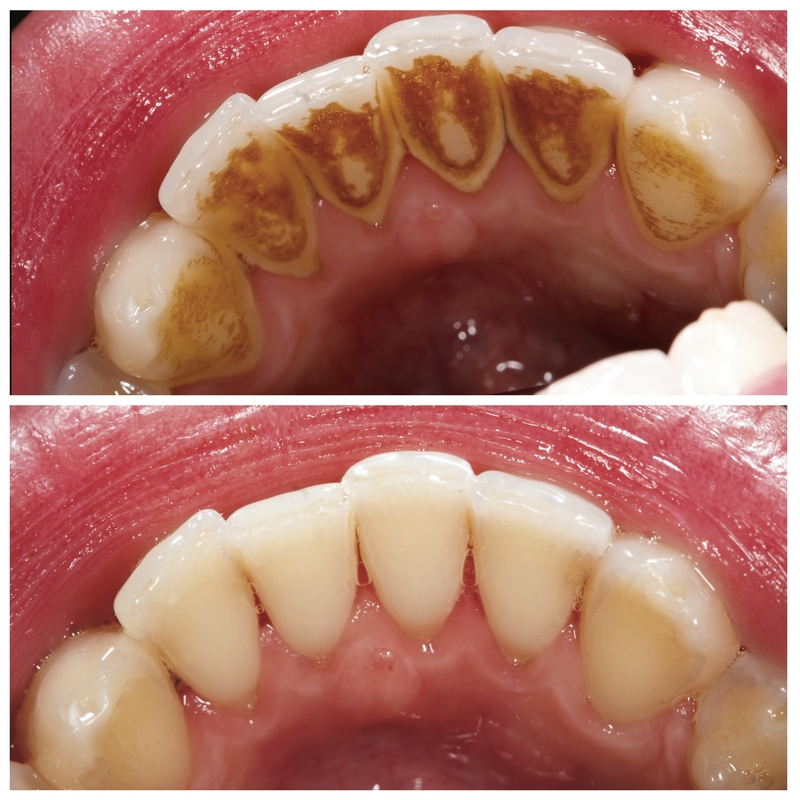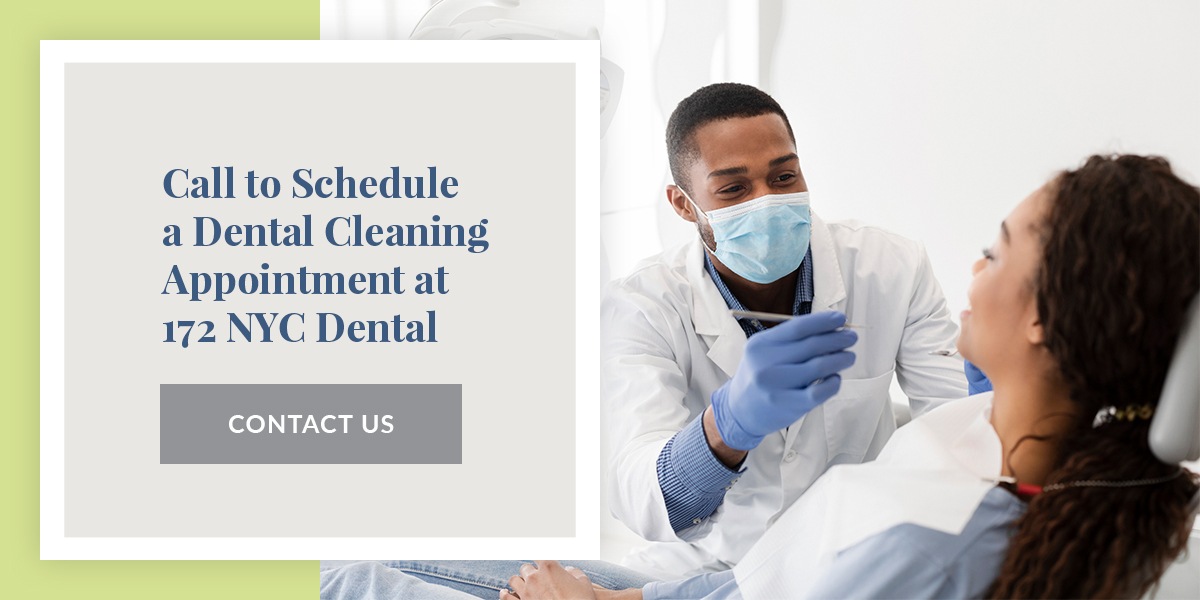Important Teeth Cleaning Information for New Patients in New York
If you are visiting 172 NYC Dental as a new patient, we look forward to providing you with the best teeth cleaning possible in NYC. First, however, we must establish your overall oral health and identify any underlying dental pathologies. Your first appointment will consist of a comprehensive exam that includes full mouth X-rays and general dental cleaning.
As a healthcare facility, we take responsibility for our patients’ health seriously. Once we determine that your mouth is healthy, you will be able to schedule cleaning-only appointments with occasional exams as needed.
New patients can take advantage of our New Patient Special, which costs only $325 — a $435 value.
The Importance of Regular Adult Teeth Cleanings and Checkups
Regular dental cleanings and adult checkups are a great way to have healthier teeth, gums, and overall oral health. Our dental health professionals will clean your teeth and provide essential diagnostic checks to ensure you are free from any underlying oral health issues.
Benefits
There are many reasons you should fit regular teeth cleanings and checkups into your busy schedule. Consistent visits with 172 NYC Dental allows your dentist to:
- Identify many oral health concerns during your regular checkup to help prevent progression
- Teach proper oral home care
- Offer nutritional guidance
- Improve sleep apnea with appliances that provide better sleep
- Review temporomandibular joint function (TMJ)
- Recognize occlusal misalignments
- Review effects of bruxism, also known as the grinding of one’s teeth
- Answer questions about tooth whitening
- Screen for oral cancer and check lymph nodes
- Discuss how to stop smoking and excessive drinking
- Diagnose xerostomia, or dry mouth, and halitosis, which causes bad breath
- Identify periodontitis, also known as gum disease, associated with infection, loss of bone, and mobility of teeth
- Diagnose and treat problems found under the gum that can be seen only by dental X-rays, such as impacted wisdom teeth
- Repair damaged teeth, gums, and bones that can affect your ability to eat and digest food
- Improve self-esteem with a beautiful smile that aids your personal and professional life
- Design a comprehensive treatment to address any issues such as missing teeth, implants, crowns, and cosmetic dentistry
- Remove buildup of plaque, tartar, and staining
Preventative Measures for Better Oral Care
Early detection and treatment through routine dental cleanings will help you avoid costly and potentially severe dental health problems down the road. These dental issues include cavities, missing, broken teeth, periodontal disease, and other oral abnormalities.
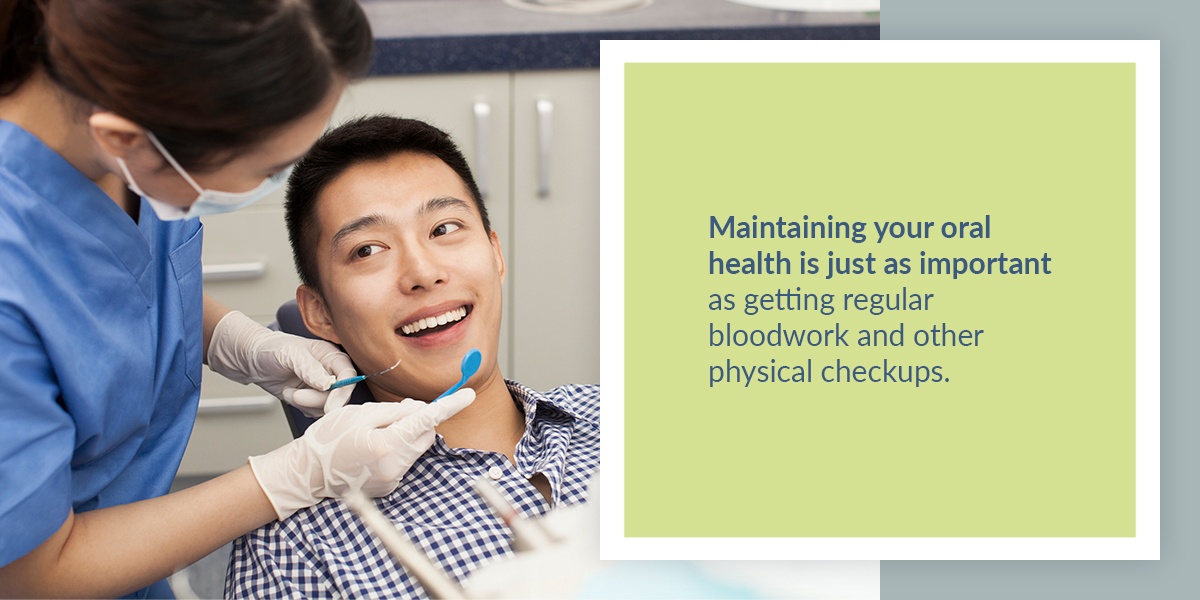
Maintaining your oral health is just as important as getting regular bloodwork and other physical checkups. In fact, there is a connection between your oral health and overall wellbeing. Poor oral health can contribute to many systemic diseases, including:
- Endocarditis: This infection of the heart’s lining can stem from bacteria in the mouth.
- Cardiovascular disease: Individuals with gum disease have an increased risk of having a cardiovascular event.
- Pregnancy and birth complications: Periodontitis is now linked to premature birth and low baby birth weight.
- Pneumonia: Bacteria in the mouth can enter the lung causing pneumonia and other respiratory problems.
- Diabetes: Gum disease is more prevalent and severe in people with high blood sugar levels. The sugar prevents oxygen from reaching the gums, allowing anaerobic bacteria to grow and cause an infection that can lead to tooth loss.
- HIV/AIDS: Dentists and hygienists observe oral lesions in 75-90% of HIV-positive patients. These lesions include oral candidiasis, hairy leukoplakia, Kaposi sarcoma, necrotizing ulcerative gingivitis, and aphthous stomatitis.
- COVID-19: As patients shy away from checkups during COVID-19, teaching them how to do proper self-exams to detect Oral Potentially Malignant Disease (OPMD) is key.
- Alzheimer’s: The bacteria in gingivitis and periodontitis can eventually destroy nerve cells, leading to gradual memory loss associated with Alzheimer’s disease.
The Use of Digital X-Rays, Panorex, and CT Scans
We recommend that all of our patients have new digital X-rays taken at least every 12 months to check for oral health concerns. For all first-time patients, initial visits consist of full mouth digital X-rays taken with a panoramic X-ray machine. Also called a panorex, this X-ray gives us a full view of the teeth, underlying jaw structure, and sinuses. If your dentist spots something on your X-ray they want to take a closer look at, they may also recommend a CT scan.
Dental X-rays, or radiographs, are images of your teeth the dentist uses to evaluate your oral health. These X-rays are used with extremely low levels of radiation to capture images of the interior of the patient’s teeth, gum, bone, and skull. This device helps our dentists to see problems like cavities, tooth decay, bone loss, periodontal disease, and impacted wisdom teeth.
To some, dental X-rays may seem scary or overly invasive. In our office, with ultramodern digital technology, we want to ensure you these important diagnostic “tools” are incredibly safe.
Dental X-rays are usually performed yearly. They may be scheduled more often if your dentist is tracking the progress of a dental problem or treatment.
Several factors influence the frequency of dental X-rays:
- Age
- State of oral health
- Patient complaints or symptoms of oral disease
- A history of medical factors, such as diabetes, that can affect bone loss leading to periodontal disease or dental decay
- Pregnancy
- Radiation treatments for systemic diseases, such as cancer
- Medical devices implanted in patients
In addition to these factors, there are some other considerations in place when we use digital radiography for dental images:
- Baseline radiographs: For new patients — especially those without previous radiographs — we typically take full mouth series along with a panorex. This provides an important baseline for one’s overall oral health. It is important for children to be monitored radiographically to determine the development and sequencing of baby teeth to their adult teeth, also known as deciduous and permanent teeth, respectively.
- Radiation awareness: Dental X-rays do involve very small doses of radiation. The exposure levels are so low that they are proven safe for adults and children. Digital X-rays, used in this office, lower the exposure even further. We use very sensitive, small sensors in the mouth rather than film, making the experience even more comfortable.
- Safety comes first: In our office, our patients’ health and safety are of paramount importance. We use lead aprons with thyroid collars to further protect our patients. We reduce the radiation level to zero.
- Pregnancy concerns: It is safe to have dental X-rays if you are pregnant. We prefer not to expose patients in their first trimester.
- Updated technology: Digital imaging provides numerous advantages over its film predecessors. Digital radiography lets clinicians and their patients instantly see the images on a computer, iPad, or phone. These pictures are of a higher resolution and more accurate than film. We can also send these images to other doctors and insurance companies with great ease.
How Much Does Teeth Cleaning Cost in New York City?
Most PPO insurance plans cover two cleanings per year, or a dental cleaning every six months, as long as the annual maximum has not been used up. However, the out-of-pocket cost for our regular teeth cleaning at our NYC location is $144.
Call to Schedule a Dental Cleaning Appointment at 172 NYC Dental
Whether you had your teeth cleaned six months ago or it has been a lot longer than that, you can count on 172 NYC Dental to provide you with the best hygiene appointment and dental cleaning in New York. Contact us today for more information.

